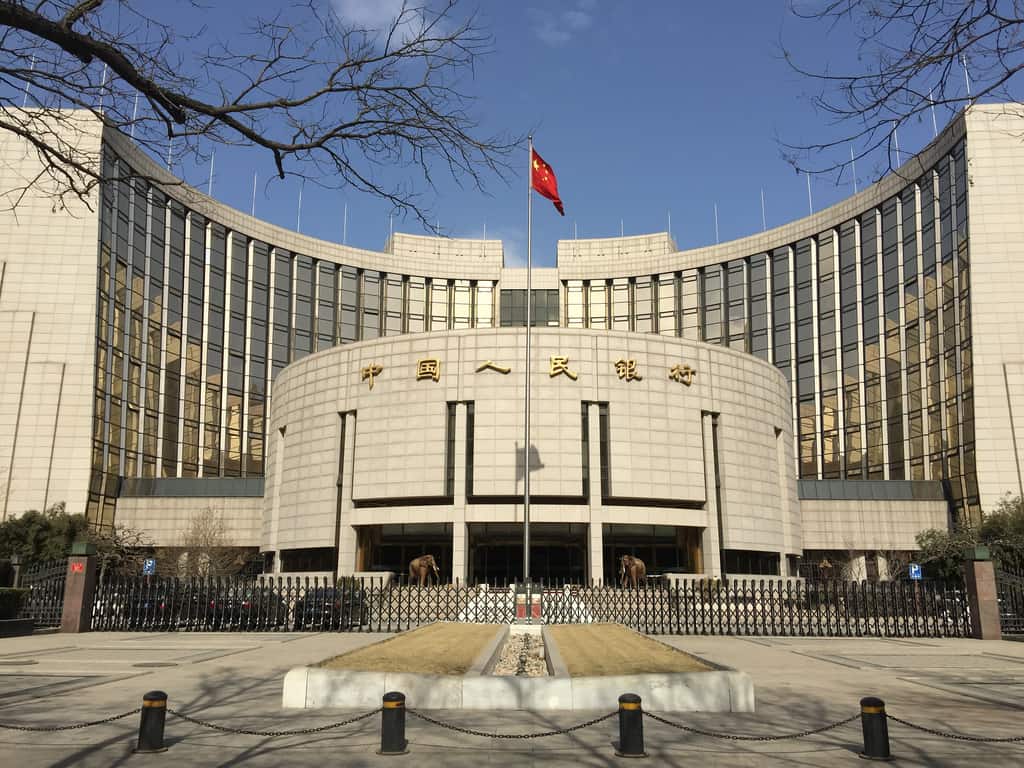The head of the Chinese central bank has provided a rundown of macro-policy measures to help deal with the economic impacts of the COVID-19 pandemic.
Yi Gang (易纲), governor of the People’s Bank of China (PBOC), was asked about the effectiveness of macro-financial controls and monetary policy measures adopted in the wake of the COVID-19 pandemic at a press conference held on 26 May.
In order to deal with the impact of the disease, on 1 February PBOC worked with departments including the Ministry of Finance and the China Banking and Insurance Regulatory Commission to rapidly unveil 30 financial support policy measures, to expand qualitative counter-cyclical adjustments and make innovative usage of structural monetary policy tools.
Since the outbreak of the disease counter-policies implemented have reached 5.9 trillion yuan in total, providing vigorous support to disease prevention and economic and social growth.
In total we have implemented three reserve reductions, expanded the vigour of open market operations, and increased re-loans and re-discounts, to firmly support the opening of China’s financial markets on schedule on 3 February following the Spring Festival, and firmly stabilise financial market confidence.
In terms of prices we have guided declines in rates for open market reverse repo operations, medium-term lending facilities (MLF) and the loan prime rate (LPR), as well as launched a transition in pricing benchmarks for outstanding floating rate loans.
In structural terms, based on disease conditions we have implemented targeted policy, actively using 300 billion yuan in special preferential re-loans, 1.5 trillion yuan in inclusive re-loan re-discounts, a 600 billion yuan increase in policy-bank loan quotas, and preferential support for key manufacturers of medical provisions and daily goods for disease prevention.
From January to April renminbi loans increased 8.8 trillion yuan, for an expansion of nearly 2 trillion yuan compared to the same period last year. The M2 money supply and outstanding total social financing scale increased by 11.1% and 12% respectively, for a marked rise compared to last year, embodying counter-cyclical adjustments.
As of the end of April, the financial inclusion micro and small loan balance had increased 25.1% YoY, for an acceleration of 2 percentage points compared to the end of last year.
In April the average weight for new financial inclusion micro and small-loans was 5.24%, for a decline of 0.77 percentage points compared to December last year.
Yi Gang said that the next step would be “more flexible monetary policy, as well as “integrated usage and innovation of multiple types of monetary policy tools, ensuring that liquidity is rationally ample, and maintaining growth in the M2 money supply and total social financing that is markedly higher than last year.”
Yi pointed specifically to “raising the accuracy and targeted nature of financial support:”
- Extending policies for the extension of principal and interest repayments by micro, small and medium-sized enterprises, with a maximum extension of until 31 March 2021 for such enterprises.
- Expanding the vigour of credit loan support for micro and small-enterprises.
- Improving government guarantee mechanisms.
- Expand the financial support of bond markets.
- Vigorously expanding supply chain financing.
Yi also pointed to the critical importance of LPR reforms.
Interest rates are the most important price for financial factors of production, and driving the marketisation reform of interest rates is one of the most important reforms in the financial sector…Interest rate marketisation reforms have achieved major progress.
1. The relationship between the LPR and market fund supply and demand has markedly strengthened. The one-year and five-year LPR’s released in May 2020 were 3.85% and 4.65% respectively, for declines of 0.4 and 0.2 percentage points compared to the launch of reforms in August last year, fully embodying changes to supply and demand on the market.
2. Monetary policy transmission efficiency has markedly improved. In mid-May 2020, out of new loans those with rates that were less than 0.9 the original loan benchmark rate accounted for 35.3%, nearly four-times the amount prior to LPR reforms. The hidden floor on loan interest rates has been broken.
3. Effectively driving declines in real interest rates for loans. In April the average rate for enterprise loans was 4.81%, for a decline of 0.51 percentage rates compared to July 2019, prior to LPR reforms. In May further declines are forecast.
4. LPR reforms play an important driving role for marketisation reforms of deposit rates.
Related stories
China’s Mid-sized Regional Banks at Risk of Failure Following COVID-19: S&P Global
China Debates Monetisation of Deficit to Deal with COVID-19’s Economic Impacts




